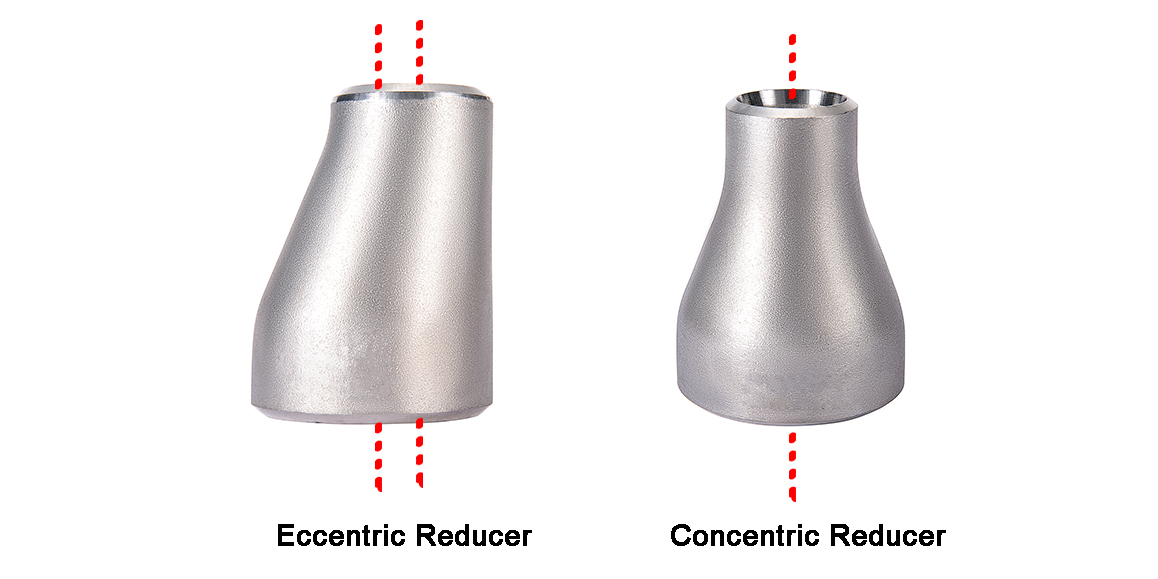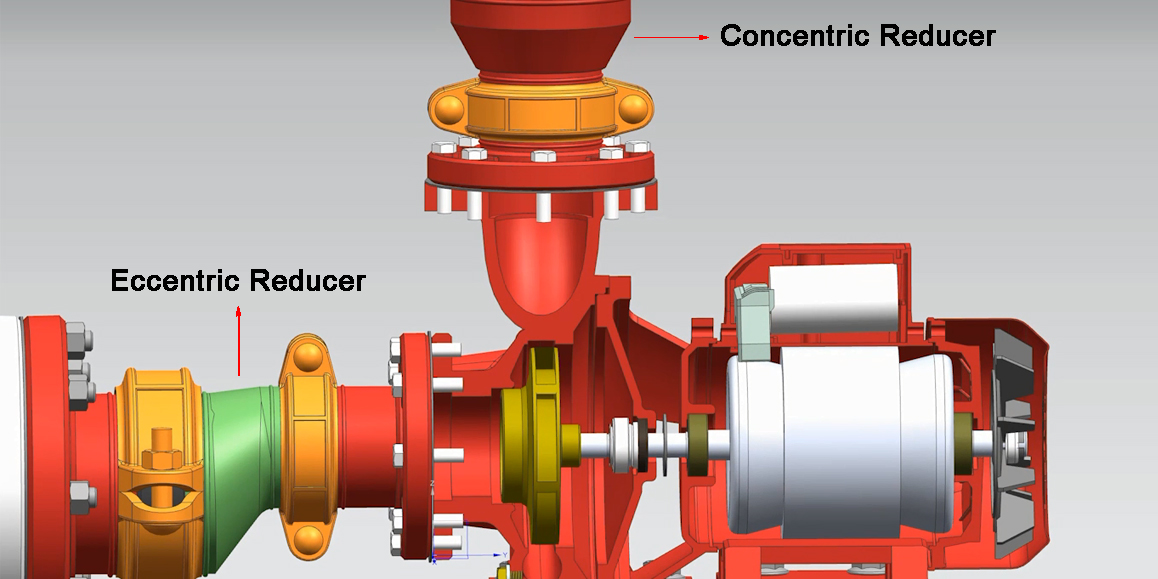Stainless Steel Elbow: A Versatile Fitting for Piping Systems
Features of Stainless Steel Elbows
Stainless steel elbows are manufactured using high-quality stainless steel, which offers excellent resistance to corrosion, high temperatures, and pressure. The most common grades of stainless steel used for elbows are 304 and 316, which provide superior corrosion resistance and are suitable for a wide range of applications.
These elbows are available in different sizes, ranging from 1/2 inch to 48 inches, and are designed to accommodate various angles, including 45 degrees, 90 degrees, and 180 degrees. The smooth inner surface of stainless steel elbows ensures minimal pressure drop and turbulence, making them ideal for conveying fluids and gases in piping systems.
Applications of Stainless Steel Elbows
Stainless steel elbows are used in a wide range of applications across different industries. Some of the common applications include:
1. Chemical Processing: Stainless steel elbows are widely used in chemical processing plants for conveying corrosive chemicals and solvents. The corrosion resistance of stainless steel makes it an ideal choice for handling aggressive substances without the risk of degradation or contamination.
2. Petrochemical Industry: In the petrochemical industry, stainless steel elbows are used in piping systems for transporting oil, gas, and other hydrocarbons. The high strength and durability of stainless steel make it suitable for withstanding the harsh operating conditions in petrochemical facilities.
3. Food and Beverage Industry: Stainless steel elbows are essential in food processing and beverage production facilities, where hygiene and cleanliness are paramount. The smooth surface of stainless steel prevents bacterial growth and makes it easy to clean, ensuring the integrity of the product being conveyed.
4. Pharmaceutical Industry: In pharmaceutical manufacturing, stainless steel elbows are used for transporting pharmaceutical ingredients and products. The inert nature of stainless steel ensures that the purity of the pharmaceutical substances is maintained without any risk of contamination.
Benefits of Stainless Steel Elbows
Stainless steel elbows offer several benefits that make them a preferred choice for piping systems:
1. Corrosion Resistance: Stainless steel elbows are highly resistant to corrosion, making them suitable for handling corrosive fluids and gases. This corrosion resistance ensures the longevity of the piping system and reduces the need for frequent maintenance and replacement.
2. High Strength and Durability: Stainless steel elbows are known for their high strength and durability, allowing them to withstand high pressure and temperature conditions. This durability ensures the reliability and safety of the piping system, even in demanding industrial environments.
3. Hygienic Properties: The smooth surface of stainless steel elbows makes them easy to clean and maintain, making them ideal for applications where hygiene is critical, such as in the food, beverage, and pharmaceutical industries.
4. Versatility: Stainless steel elbows are available in various sizes and angles, providing flexibility in designing and configuring piping systems to meet specific requirements. This versatility makes them suitable for a wide range of applications across different industries.
In conclusion, stainless steel elbows are essential components in piping systems, offering a combination of corrosion resistance, high strength, and versatility. Their wide range of applications across industries such as chemical processing, petrochemical, food and beverage, and pharmaceutical, highlights their importance in ensuring the efficient and reliable conveyance of fluids and gases. With their numerous benefits, stainless steel elbows continue to be a preferred choice for piping solutions in diverse industrial settings.












